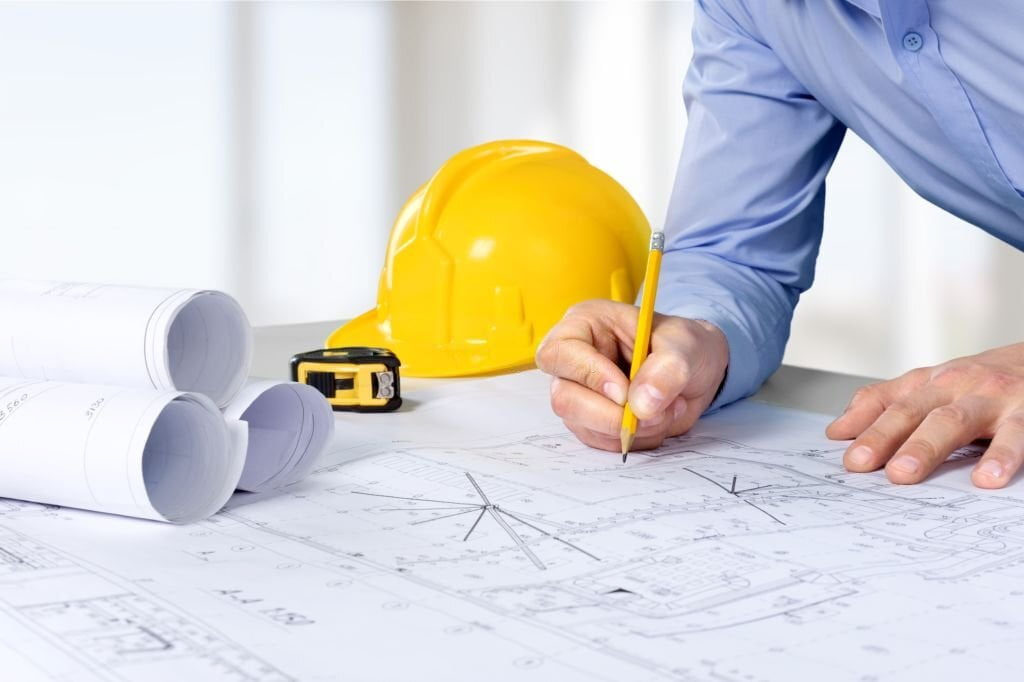Contractors and project managers use construction cost estimates to bid on projects and determine the budget for a project. Owners can also use them to understand a project’s potential costs before it begins.
Cost estimates are based on historical data, current market conditions, or a combination of both. They typically include materials, labor, equipment, overhead, and profit margins. Construction cost estimates can be very accurate, but they are also subject to change as the project progresses. For this reason, it is important only to use them when initiating and developing a budget for a project.
Six levels of construction cost estimates
Construction cost estimates fall into six distinct levels
The first and most basic is a rough order of magnitude estimate. This is often used early in the planning process when there is very little information about the project.
The second level is a preliminary order of magnitude estimate. It includes more significant research and expert input and provides a more accurate range of costs.
The third level is a conceptual estimate, which takes into account specific site conditions and project requirements. The fourth level is a definitive estimate, which uses detailed engineering plans to develop a precise cost estimate.
The fifth level is a bid estimate, which factors in the bids of subcontractors and suppliers. unclear sentence Finally, the sixth level is the construction budget, which allocates funds based on the actual costs incurred during construction. By understanding these different estimation levels, you can better manage your construction budget and ensure that your project stays on track.
How to choose the right level of estimate for your project
As a project manager, one of your key responsibilities is to create accurate estimates of the costs and resources required to complete a project. This can be challenging, as there are many factors to consider, and it cannot be easy to know where to start. However, there are some general guidelines that you can follow to help you choose the right level of estimate for your project.
One important factor to consider is the level of detail that you need. For simple projects, a high-level estimate may be sufficient. However, you will need to provide a more detailed estimate for more complex projects. This will include itemizing the costs of each task and assigning a dollar value to each resource. The level of detail will also depend on the stage of the project.
For example, if you are still in the planning stages, you may not have all the information you need to provide an accurate estimate. In this case, it is better to err on the side of caution and provide a higher estimate than you think is necessary. This will give you some flexibility later on if the project ends up being more expensive than expected.
Another factor to consider is the degree of uncertainty. If many unknown factors are involved in the project, it is best to provide a range of estimates rather than a single number. For example, if you are unsure how long it will take to complete a task or how much it will cost, you can provide an estimate that includes a range of possible values. This will help minimize the risk of unexpected costs or delays later.
By taking these factors into account, you can choose the right level of estimate for your project and ensure that it is completed successfully within budget.
Factors to consider when creating a construction cost estimate
When starting a construction project, the first thing you need to do is create a cost estimate. This will give you an idea of how much money you need to complete the project and whether it is feasible. There are many factors to consider when creating a cost estimate, including the type of materials, project size, duration, and location.
The type of materials you use will significantly impact the final cost. For example, using recycled materials can help to reduce costs. The size of the project also matters. A small bathroom costs less to renovate than a large kitchen. The duration of the project is another critical factor.
A short-term project will typically be less expensive than a long-term one. Finally, the location of the project can also affect costs. Construction in a rural area might be less expensive than construction in an urban area. By considering all of these factors, you can create a realistic cost estimate for your construction project.
Conclusion:
Creating an accurate cost estimate is crucial for any construction project. By taking the time to consider all the factors that can affect costs, you can create a realistic estimate that will help you budget for your project and avoid surprises.
At SMA, our team of experienced cost estimators provides clients with highly accurate construction cost estimates. We keep abreast of the latest industry news to provide our clients with the most up-to-date information. As a result, you can be confident that you are getting the best possible estimate for your construction project. Contact us today to learn more about our services.

